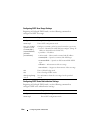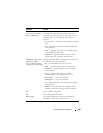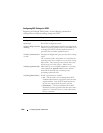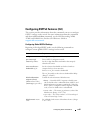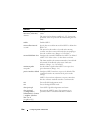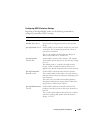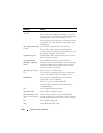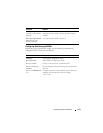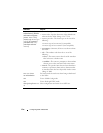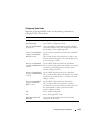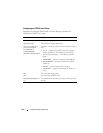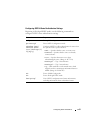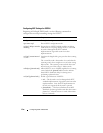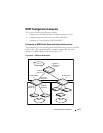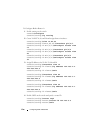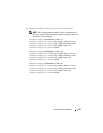
1172 Configuring OSPF and OSPFv3
area
area-id
nssa [no-
redistribution] [default-
information-originate
[metric
metric-value
]
[metric-type
metric-type-
value
]] [no-summary]
[translator-role
role
]
[translator-stab-intv
interval
]
Create and configure an NSSA for the specified area ID.
•
metric-value
—Specifies the metric of the default route
advertised to the NSSA. (Range: 1–16777214)
•
metric-type-value
—The metric type can be one of the
following :
• A metric type of nssa-external 1 (comparable)
• A metric type of nssa-external 2 (non-comparable)
• no-summary—Summary LSAs are not advertised into
the NSSA
•
role
—The translator role where role is one of the
following :
•
always
—The router assumes the role of the translator
when it becomes a border router.
•
candidate
—The router to participate in the translator
election process when it attains border router status.
•
interval
—The period of time that an elected translator
continues to perform its duties after it determines that
its translator status has been deposed by another router.
(Range: 0–3600)
area
area-id
nssa
no-redistribution
Prevent learned external routes from being redistributed
to the NSSA.
exit Exit to Global Config mode.
exit Exit to Privileged EXEC mode.
show ipv6 ospf area
area-
id
Show configuration and status of an OSPF area.
Command Purpose



